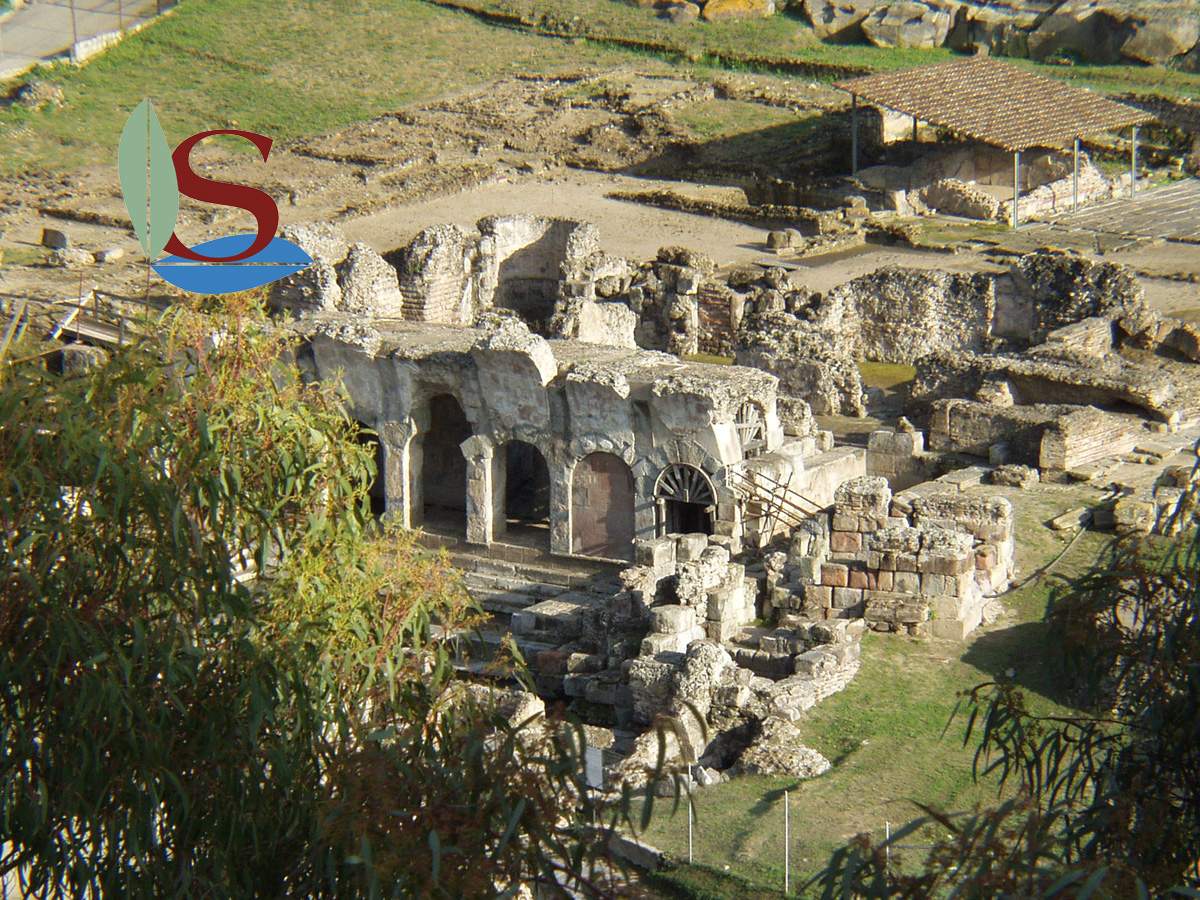The spa complex of Fordongianus is located on the left bank of the river Tirso, not far from where, at one time, was the ancient city of Forum Traiani.

The spa complex of Fordongianus is located on the left bank of the river Tirso, not far from where, at one time, was the ancient city of Forum Traiani and consists of two separate establishments. The first of these dates back to the first century A.D. and was used for therapeutic purposes.
It was fueled by the beneficial hot spring, which still flows in the site at a temperature of 54° C.
Ancient Roman Spa: this plant , originally built in large slabs of trachyte (opus quadratum ), has clear traces of alterations suffered over the centuries. It focuses on a wide rectangular pool (the " natatio") once covered with a barrel vault , which houses an ambulatory porch on the south side to seven lights.
On the sides of the pool are developed tanks and other secondary rooms including a "Ninfeo", where it was recently found an interesting inscription dedicated to the nymphs, goddesses of healing waters.
Roman Thermal Baths: the second plant, built with a masonry technique known as " opus vittatum mixtum", dates back to the third century A.D. and is placed in communication with the first by a staircase that opens onto the porch of the natatio. It was used for the care and hygiene of the body. This establishment was to artificial heating and was therefore fitted with different environments with different temperatures that allowed a path through hygiene and healing from cold to hot .
These environments were called "frigidarium", "tepidarium" and "calidarium" .
From this structure you access to a large paved square overlooked by many other areas identified as "tabernae" and that they were used by the Romans as places of leisure. Among these one can also admire an interesting frescoed room.
Roman road upstream of the spa you can see also a system of wells and cisterns in part fueled by the Roman aqueduct and from which the water was distributed in different thermal environments, through a sophisticated network of ducting.